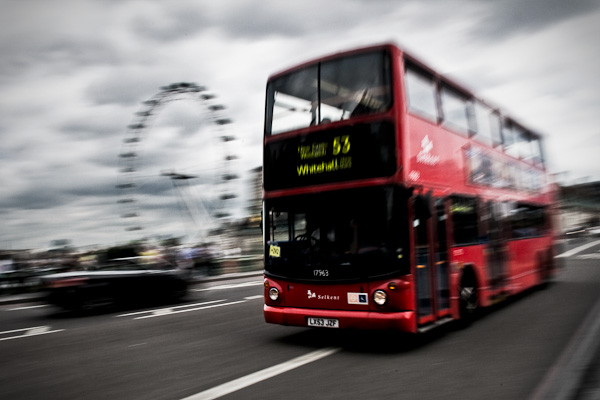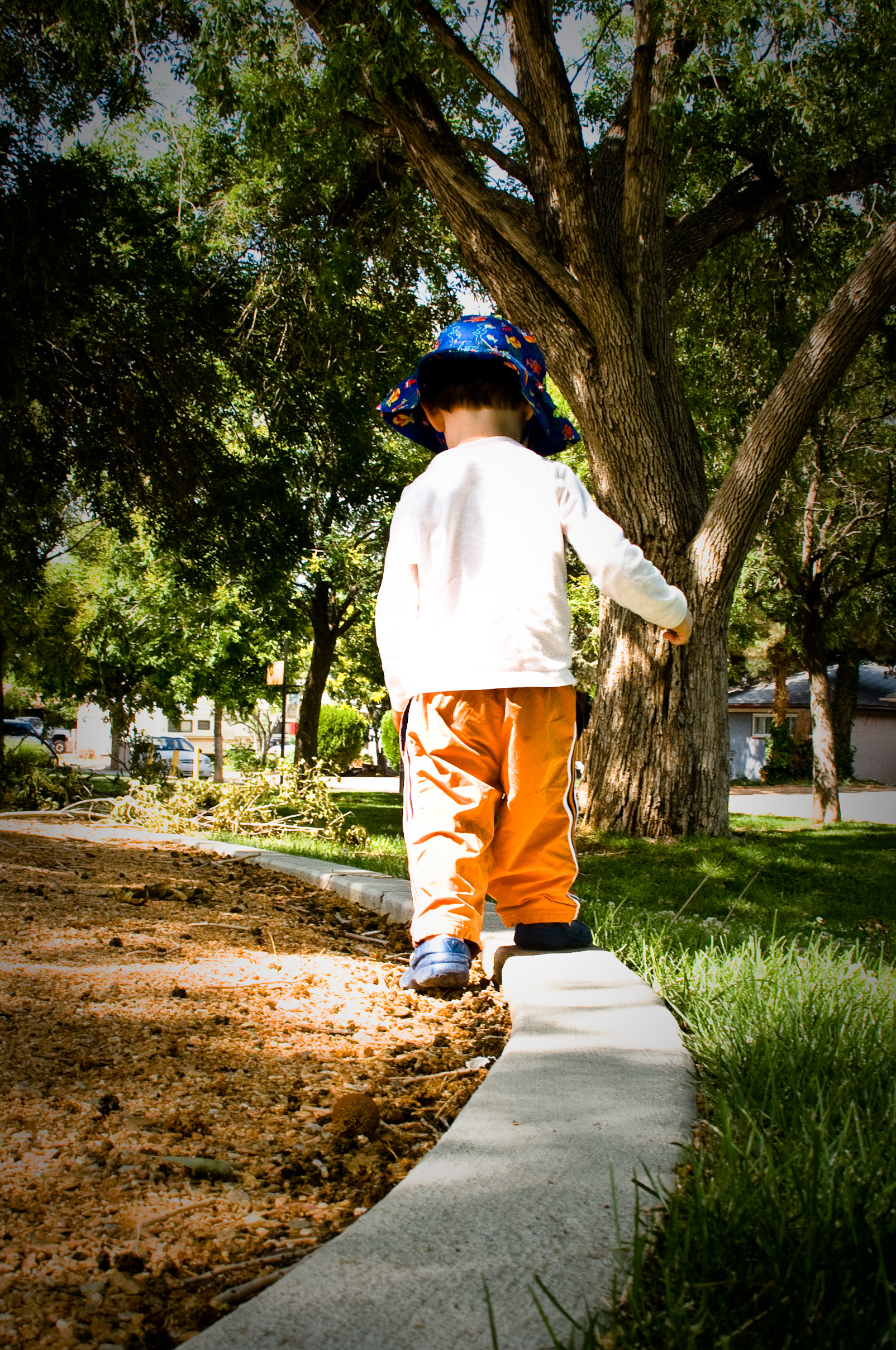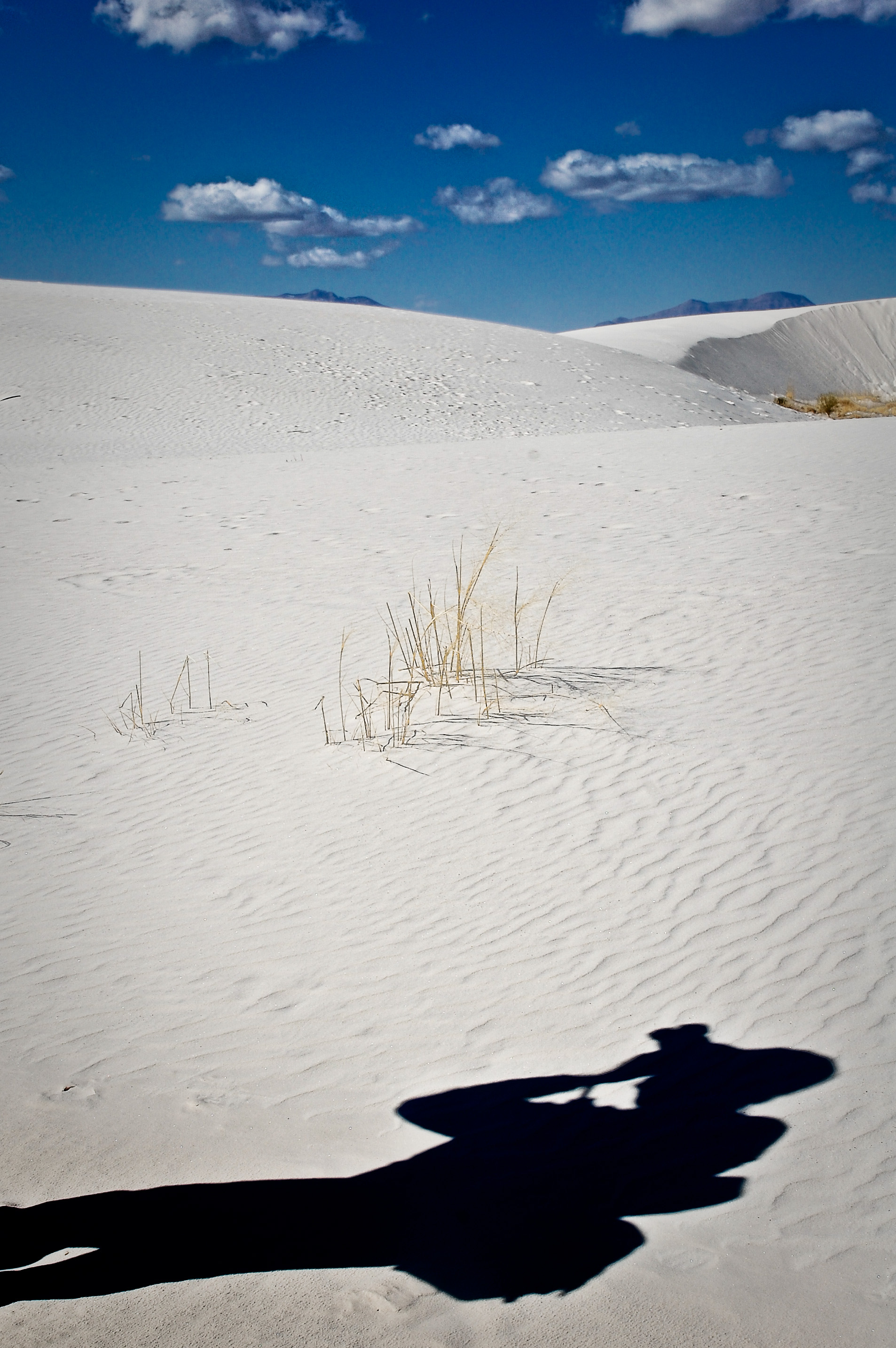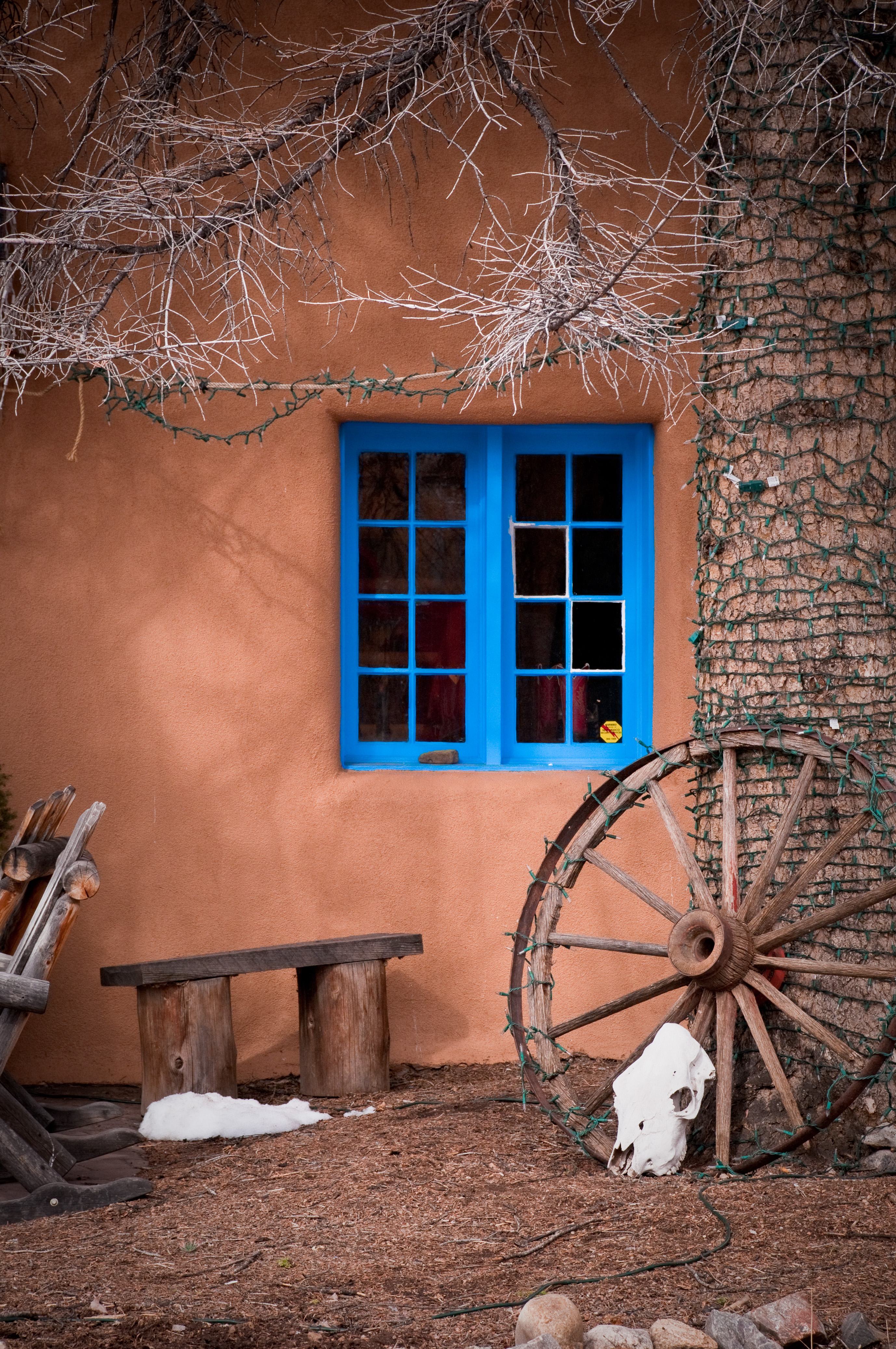Over and over, as I read books and blogs by photographers, I come across the word “vision.” That’s not odd; photography is a visual medium. I equally often encounter the term “openness” and this gives me pause.
Photography is an interesting art form. Unlike painting, or drawing, or sculpting, or making music, there is a pervasive view among photographers that the art is “out there” and we must go “capture” it and we must be “open” to the external environment to do so. Is that true? Is our art really outside of us? Stop for a moment and think about your approach to photographing; is what you are trying to say with photography “out there?”
What if it isn’t true? What if photography were, like most creativity, actually and inward-looking pursuit?
It seems many of the successful photographers spend quite a bit of time discussing vision. One particular modern photographer (David duChemin) even released the third book in his Vision Trilogy this past July. He spends a lot of time writing, speaking, giving interviews, and teaching people to develop their vision in their photography. Another well known modern photographer (Trey Ratcliff, aka painting and drawing, often a decidedly inward looking pursuit, in order to advance his photography. Yet another encourages his readers to “look to the writers,” Do these professional and highly capable photographers know something, either consciously or not, that the rest of us do not? Is this perhaps what separates the professional photographer from the amateur; is this what separates the “professional” artist from the amateur? (And I am using the term “professional” in the way author Steven Pressfield does in his wonderful book “The War of Art” as a mindset, not in terms of vocation.)
Lately I have slowed down my photography. I have taken an artistic pause, as it were. I am no longer posting every image on Flickr or on this blog. I have become more intentional. I have begun to ask myself, “what am I trying to say with this image?” It is not that there need be a specific message in each image but rather I am asking myself what the theme of the image is. I am attempting to discover what moves me about the image. I am looking inward to see if the image is in line with who I am, what I hope to be, who I hope to be, and what my experience is. You see, I want to present images to the viewer with intentionality and I think that intentionality is born from something deep within me, beyond words, which might be pointed to by my image. I want to move something within the viewer that perhaps makes them think, “yes, yes, I know how that feels.” And so the process of inward-looking has to match up with outward-looking (or vision, in my mind) to create intentional art. I am not always successful, but when I am I think I produce better work, both for myself and for the viewer.
What do you do to become more open to the meeting of your internal experience and the outward, or external, representation of it? If you are having some difficulty with this photographically pick up a copy of David duChemin’s new book, “Vision and Voice” where he maps out a workflow in photographic post-production to help you tell your story and express your vision through photography.





